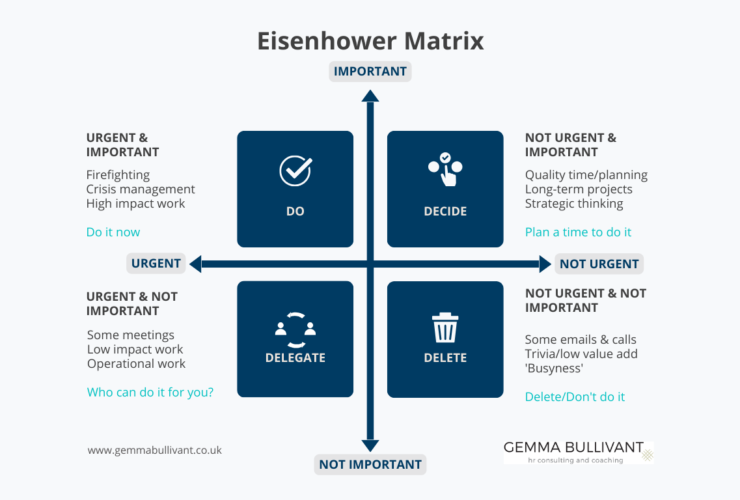Self-limiting beliefs can be detrimental to your personal and professional development, as well as your self-confidence. They can hold you back from achieving goals and doing what you want. They become self-limiting because they prevent you from trying things or from reaching your full potential.
Perhaps you’ve found yourself thinking some of the following:
- “I’m not going for the promotion because I probably won’t get it”.
- “I’m too old to go back to study/start a new career”.
- “I don’t have the right experience or skills.”
So, where do they come from, and how can you tackle these ingrained beliefs that you have held onto for a long time?
Where do these beliefs come from?
Self-limiting beliefs are generally the result of an emotional experience at some point, that has ‘wired’ your brain to view all situations as essentially similar.
Sometimes they can stem from childhood or adolescent experiences. When you are young, your brain is constantly absorbing and processing information. Parents, teachers, or other influential adults play a big role in forming our beliefs and our understanding of the world around us. Perhaps an unpleasant maths teacher failed you on a few school tests, which has now left you with the belief that you are no good with numbers.
Or maybe an unhealthy romantic relationship you had as a young adult has left you with self-esteem issues and not knowing or believing in your true worth.
Understand the difference between belief and truth
The most important thing to remember when trying to tackle self-limiting beliefs is that beliefs are not facts.
- A belief is an acceptance of something being true without having any proof of it.
- A fact is something that is true in accordance with reality or evidence.
Now that you understand where your self-limiting beliefs come from, how do you go about unlearning them?
You need to first become aware of your patterns of thinking, and then step by step, interrupt this mindset and introduce a new perspective.
There are 5 key steps to take to introduce a new perspective. They are…
1: Interrupt your patterns of thinking – The first thing you need to do is interrupt the beliefs that are holding you back. Make a list of the evidence that your beliefs are true. The point of this exercise is to ascertain if your beliefs are fact or not.
When you find yourself reinforcing a negative belief about yourself, make a conscious effort to interrupt the thought and focus on a different perspective. For example, let’s say you are worried that you haven’t been doing well at work. You have been telling yourself that you aren’t up to the job and you are failing. Instead of stewing over the negative aspect, shift your perspective by asking yourself, “What could I do that would make me feel more secure in my work?”.
Discussing your concerns can really help you tackle those beliefs. You can do this with your manager, ask for training or skill building, or find a coach or mentor who specialises in this area, like myself.
2: Find evidence to prove or disprove a belief – Now, you want to make a list of the evidence that disproves your beliefs. The results will further help you to interrupt your ingrained pattern of thinking.
Is there any evidence that what you have been telling yourself is true? Has your manager ever actually raised concerns about your performance? Or is it just self-doubt creeping in?
3: Make a statement – The next step is to come up with a positive, reaffirming statement that you can use to counteract self-limiting beliefs as they occur. For example, “I am a capable and valued member of my team”.
4: Visualise your statement as if it were true – There is no point developing a statement if you don’t then believe it. Visualisation is a powerful way to train your mind to overcome self-limiting beliefs.
5: Take action – Make your affirmation a reality! Write it down, remind yourself of it daily. Keep a journal to ensure you catch those limiting beliefs as they occur and take yourself through these steps to provide an alternative reality for yourself.
THE INNER BOARDROOM
A coaching exercise I sometimes use with clients is “The Inner Boardroom”.
Here I ask you to visualise ‘your team’ – the people (real or imaginary) that articulate the thoughts you often have running through your mind, and who in turn you allow to determine your actions, behaviours, and perspective.
– Who are they? What relationship are they to you?
– Where are they? Perhaps the team sit around a boardroom table. Or perhaps they are at a dinner party you are hosting. The setting isn’t important, providing you can visualise them clearly.
– What are they doing and saying? Are they encouraging you? Criticising you? Ignoring you?
The Inner Team exercise encourages you to facilitate and pay attention to the dialogue between these voices and use them as a “team conference”. This team can help you think through different options and perspectives when you are in difficult situations. Use your facilitation skills to encourage alternative views, when one thought pattern occurs (eg ‘I am no good at maths’
It also serves as a way of being more mindful and aware of your own thoughts and belief process.
And if the exercise doesn’t appeal, perhaps the following will help instead:
If someone you respected told you about a self-limiting belief they held that surprised you, what would you say to them? How can you apply this advice to yourself?




